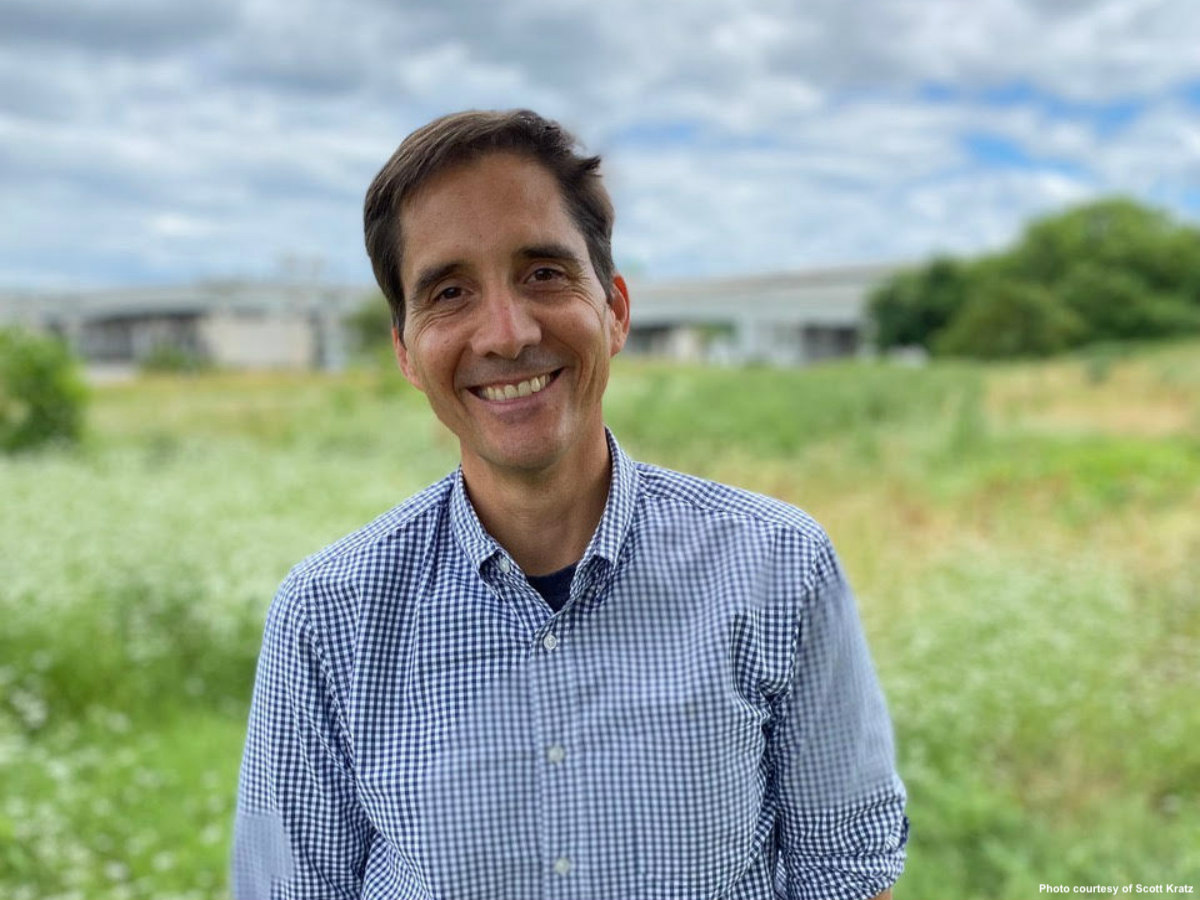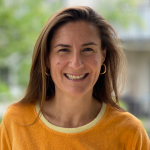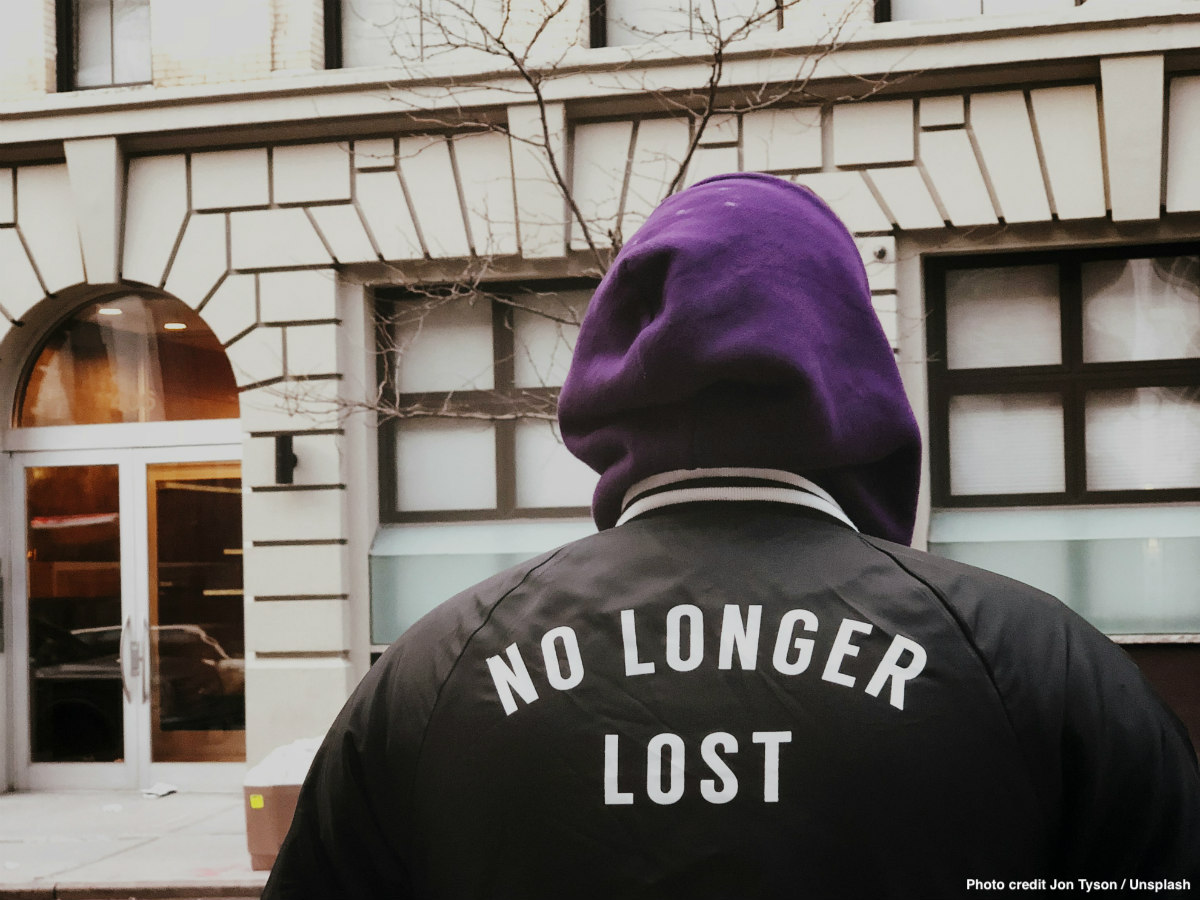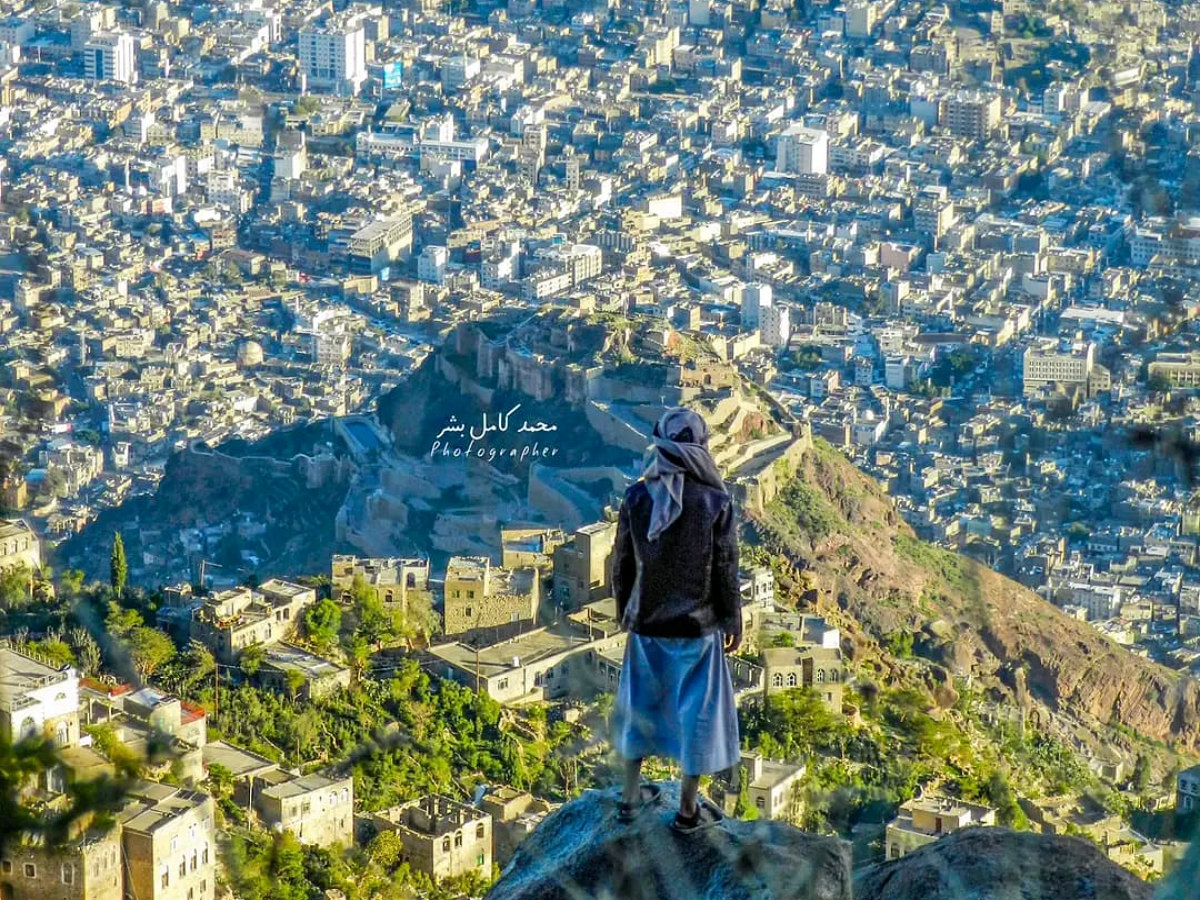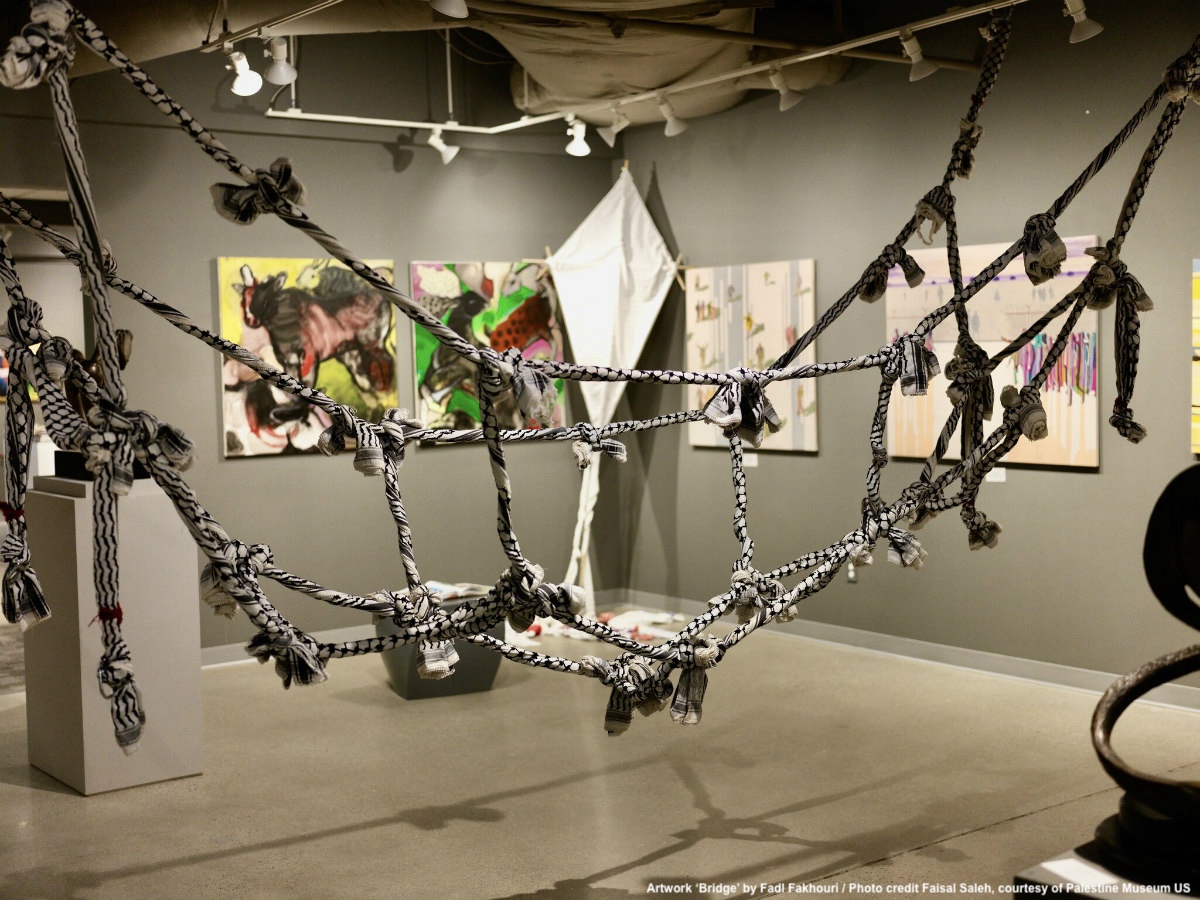On an unusually warm Saturday afternoon in October, I sat down with Scott Kratz outside the Lavazza’s iconic Zino Zucchi building in Torino, Italy, that hosted the Utopian Hours Festival. The director of the 11th Street Bridge Park had already presented at the festival and greeted me with enthusiasm.
Kratz has built a reputation working on a park on the old road bridge crossing from Washington D.C.’s Capitol Hill to the Eastern side of the Anacostia River. This piece of rather social infrastructure tackles many of the issues that politicians, not far away from the site, are grappling with at a national level: environment, health, infrastructure, inequality, and ultimately affordable housing.
His voice sounds calm but resolved, Kratz is very determined to make the project succeed. “So far the park has invested 86 million dollars in housing, workforce training, small businesses and arts/culture equitable development strategies for local residents, but the 11th Street Bridge Park hasn’t been built yet,” he told me. When I asked him which, from all those issues, triggered the project, the answer blurs the line between them all. It is the accumulation of twelve years working on a thought-through project. There are so many things going on at the same time that he could explain. Then he began to do so.
The Bridge Park has helped found job programs that have already placed over 150 residents in construction jobs, who will be the first to actually build the park. It has also supported people’s training on culinary skills and technical assistance to black owned businesses and provided a total of over three million dollars in grants and loans to help prepare their businesses well in advance before the park opens. In Kratz’s words, what gets measured, gets done. A senior research team from the Urban Institute has been evaluating the progress of their work.
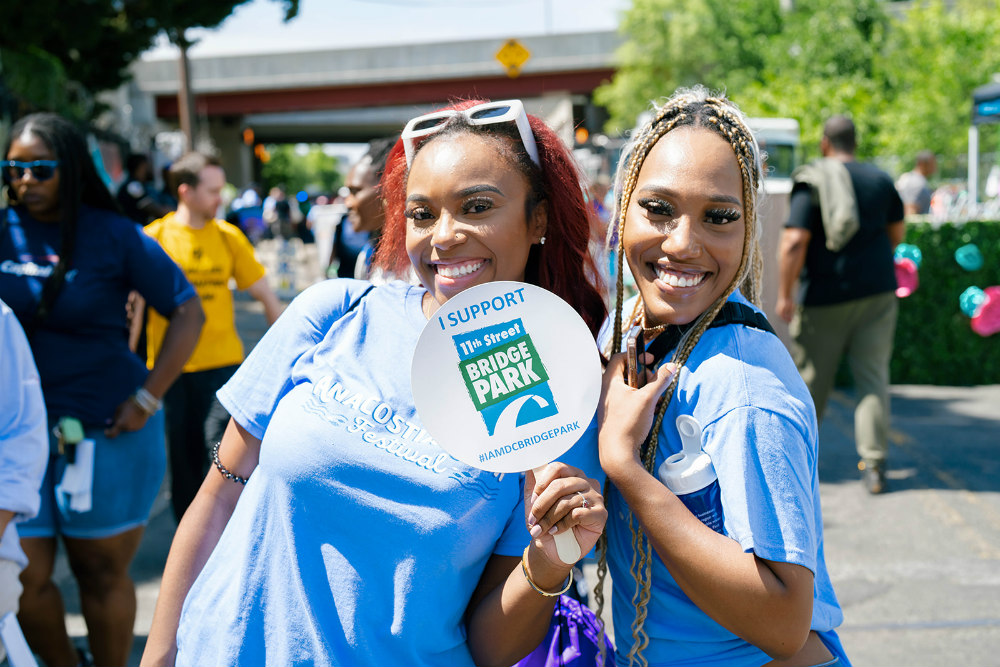
On and on it goes, community meetings and community-led programs laced throughout the Eastern part of the river. All of them with Kratz in the mix, the ultimate goal of the park is to serve as an anchor for economic development and reconnect long divided neighborhoods separated by the Anacostia River and two freeways. That implies winning a battle to Washington’s real estate market after the park is built. This is not an easy task.
The tide of investment in long-neglected urban neighborhoods to make them more sustainable and attractive, with parks, pedestrian areas and the like, has rarely brought permanently affordable housing in cities. The Highline park in New York caused an immediate and explosive increase in adjacent property values that priced out many of the residents in the neighborhood.
In London, I remember when community activist Nicholas Okwulu told me about a neighborhood on the Thames river banks which was one of the most run down places he had come across. That changed after new developments like the Shard began to transform the area for those who could afford it: “Little did we know about the future inward investment that was planned and the reason for running it down for ‘urban regeneration’,” he lamented. From London to New York, the same story repeats itself, intentionally or unintentionally. Rising rents or tax increases price out low-income residents to the places they can afford, without offering ways to stay and boost upward mobility.
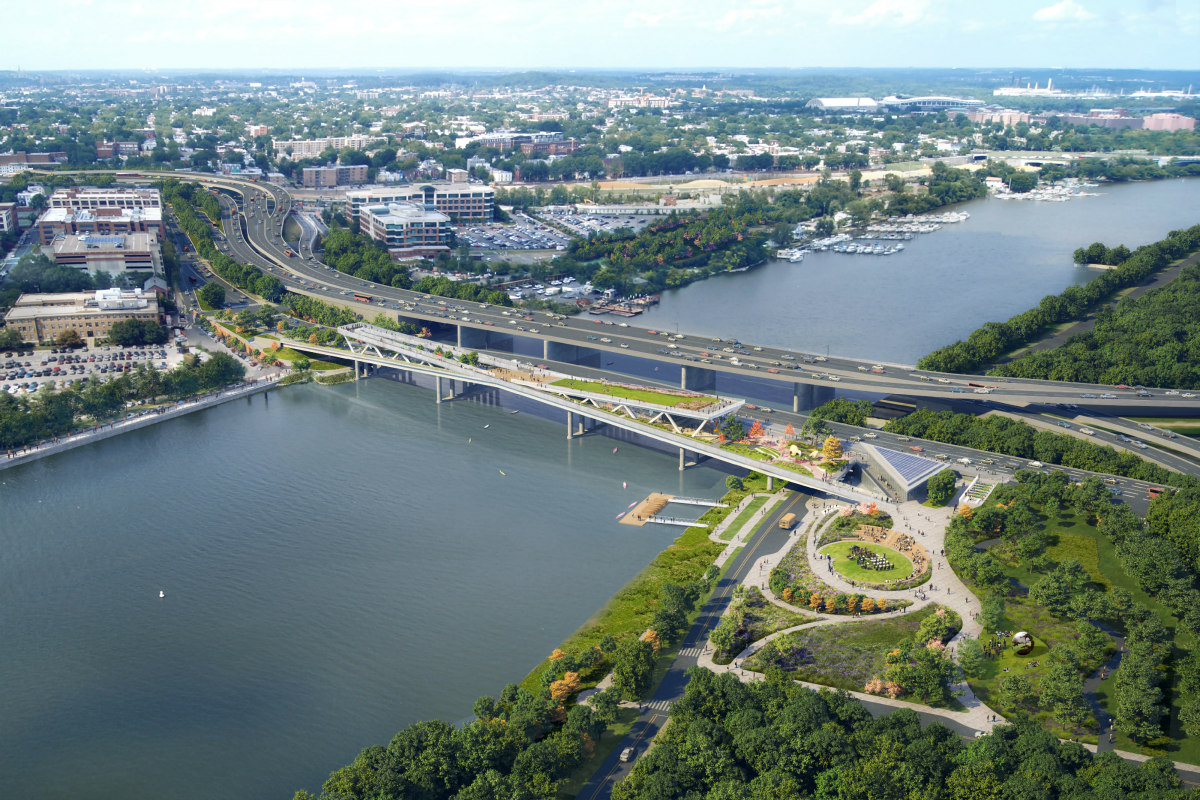
Kratz is working this backwards. His journey began when, as Vice President of Education at the National Building Museum, he invited the Danish planner and architect Jan Gehl to speak about how the nation’s capital could become a greener and more sustainable city. It was at a breakfast with Gehl and DC Planning Director Harriet Tregoning who shared with him her vision to transform one of the aged out freeway bridges crossing the Anacostia River into a place of active recreation, environmental awareness and the arts.
Reusing an old infrastructure to build a park against social and economic divide seemed a symbolic paradox, in a country where urban highway construction separated communities and displaced people in the first place. The East side of the river has always been excluded from the city’s economic progress. The unemployment rate and child poverty are 17.8% and 46.3% respectively, compared to 4% and 6.7% in the West side. Decades of disinvestment and racially restrictive redlining depressed property values. While the median value of owner-occupied housing units in the West side is $815,428, properties in the East are priced at just $343,966.
“When we started this project twelve years ago, there was a huge trust deficit, because of the unfilled promises made to many of these Black communities. And here I am, this white guy coming from Capitol Hill making more promises,” Kratz said. He began volunteering with the longtime Ward 8 nonprofit Building Bridges Across the River.
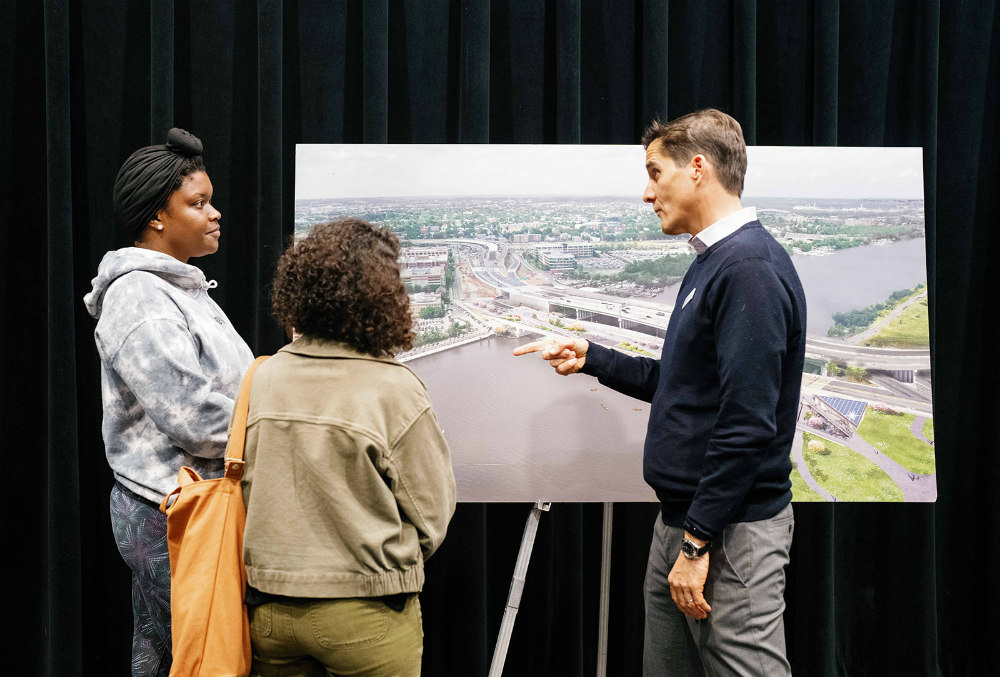
His work was to amplify the voices of local residents on how the 11th Street Bridge Park should be. He persuaded long-time community activists like Brenda Richardson who, at first, pushed back against the project. Kratz told me, “We worked with young men and women to help create their own models for what the Bridge Park should look like in a two week project. These east of the river youth spoke to Brenda and said to her, ‘this project is different’, and she said ‘if the community wants it, we go for it, otherwise we fight it.’ That was a big win.”
So far the park has invested 86 million dollars in housing, workforce training, small businesses and arts/culture equitable development strategies for local residents, but the 11th Street Bridge Park hasn’t been built yet.
In 2014 Kratz quit his job at the National Building Museum and became the director of the 11th Street Bridge Park – a partnership between the non-profit Building Bridges Across the River and the District Department of Transportation. Kratz has a talent for people, often pairing community, local non-profit partners and funders, such as big banks and philanthropies, that offered support for an equitable development program that he helped to write working with local stakeholders for over a year. One of his lessons learned: “Don’t reinvent the wheel, build an NGO asset map and collaborate with good work already happening in the community.”
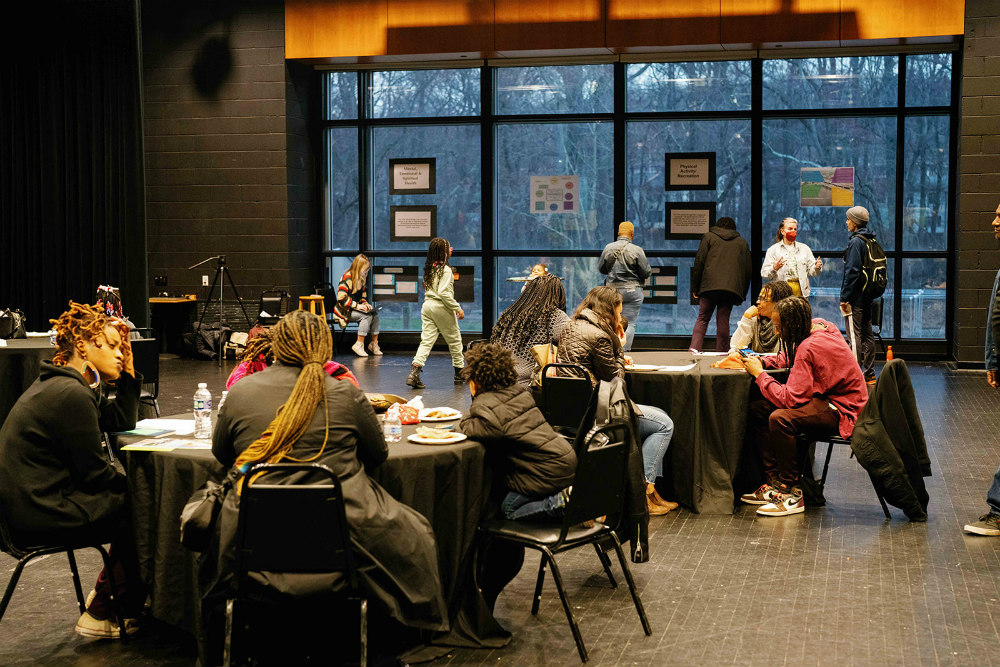
His background in museum education was crucial to make people focus on all that they have in common, and create community-led programs, which give the project a sense of shared humanity. “Our equitable development plan is about housing, primarily workforce development, so that people can have these ladders for wealth,” he said.
Since Washington DC is one of fastest gentrifying cities in the country, I was honest with Kratz when I mentioned that perhaps the savvy real estate market could already be ahead of the park after twelve years in the making.
But they have already counted on that too. “Acting early and intentionally is really critical,” he says. He told me that they are now focusing on policies to undo systemic inequality and have acquired land as soon as they could through the Douglas Community Land Trust for housing development that now has over 250 units of permanently affordable housing in its portfolio. Land trusts are non-profit organizations run by community members that own and develop land for the benefit of a community, taking it away from the profit-driven real estate market. The homeowners agree to sell the property at a restricted price to keep it permanently affordable, but can build equity during the time they own it.
In Ward 8 rarely anybody had heard of a land trust. Kratz asked another local nonprofit, Manna, to help stand up a Ward 8 Home Buyers Club which they have been running for the last six years. To date, 130 Ward 8 renters have become homeowners capturing inter-generational wealth. They now offer $2,500 grants to help cover closing costs – a significant barrier for first time home owners.
In addition, Kratz whispered to me that they are also “working with developers who want to do good.” Kratz is helping connect these developers with East of the River residents trained in construction jobs to help build new projects and connect new affordable housing projects with graduates of the Ward 8 Home Buyers Club.
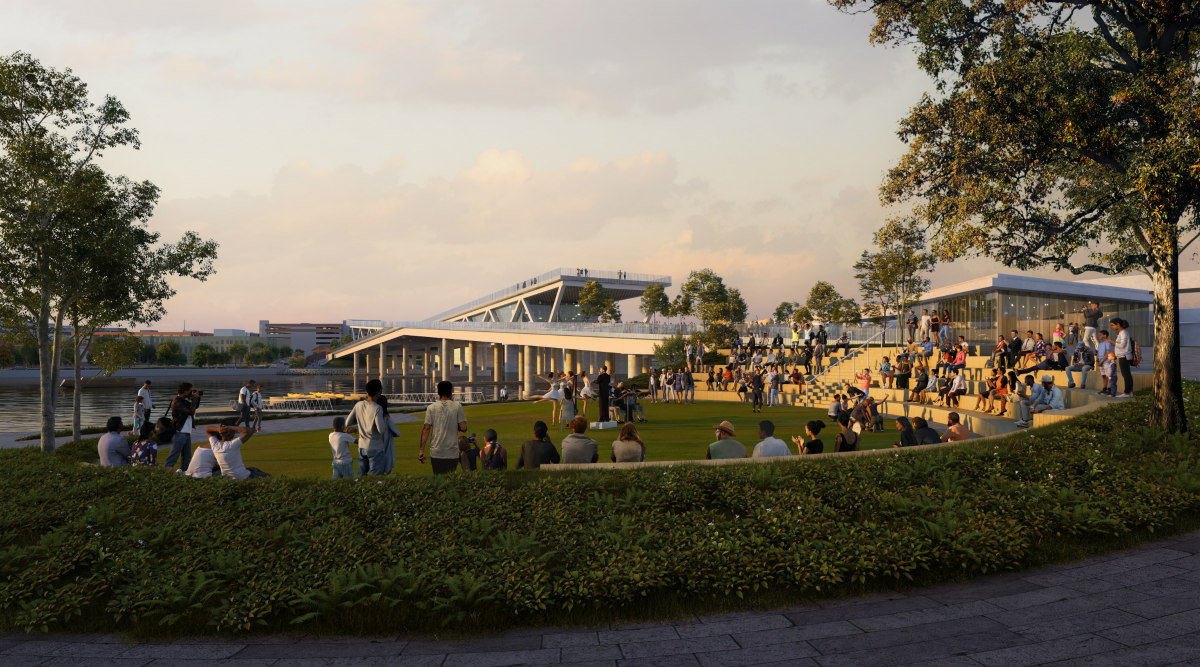
In the midst of the current affordable housing crisis, Community Land Trusts are rising again in number across the US as residents seek to have agency in the development of their neighborhood and avoid displacement. The model of Community Land Trusts was pioneered in the state of Georgia in the 1960s. In the 80s many working-class residents living in the Old North End neighborhood of Burlington, Vermont, secured homeownership through the community land trust model.
In 1989, Burlington voters agreed to a penny increase on their property tax rate, to be dedicated to affordable housing. The money would be deposited into a Housing Trust Fund and used by the city to add to the supply of permanently affordable homes.
In the same manner, new proposals of housing activism are emerging again based on the belief that investment in people to build wealth and prevent displacement is an important part of the affordable housing battle as 11th Street Bridge Park is proving. In expensive Los Angeles, the union that represents hotel workers – who experienced local commutes up to three hours every day – have come up with a unique proposal: a hospitality workforce housing fund. The idea is that hotels should charge a 7% fee on all guest rooms and that money would help workers with their housing costs.
At the end of our conversation I told Kratz that I admire his perseverance despite pressure from people’s expectations for this new model to succeed. And I wondered how he has managed to push a project over twelve years given that the city mayor has changed three times and the usual short-term vision of city councils officials.
“I spend a lot of time in city hall, but there are two things that help: one is that there are so many ways to engage with the project (river regeneration, economic equitable growth, affordable housing, etc.) and the second thing is, as Abraham Lincoln put it, ‘Our government rests in public opinion. Whoever can change public opinion, can change the government, practically just so much.’ We have identified early on who were the key stakeholders. With the public opinion on your side, you are unstoppable.”
